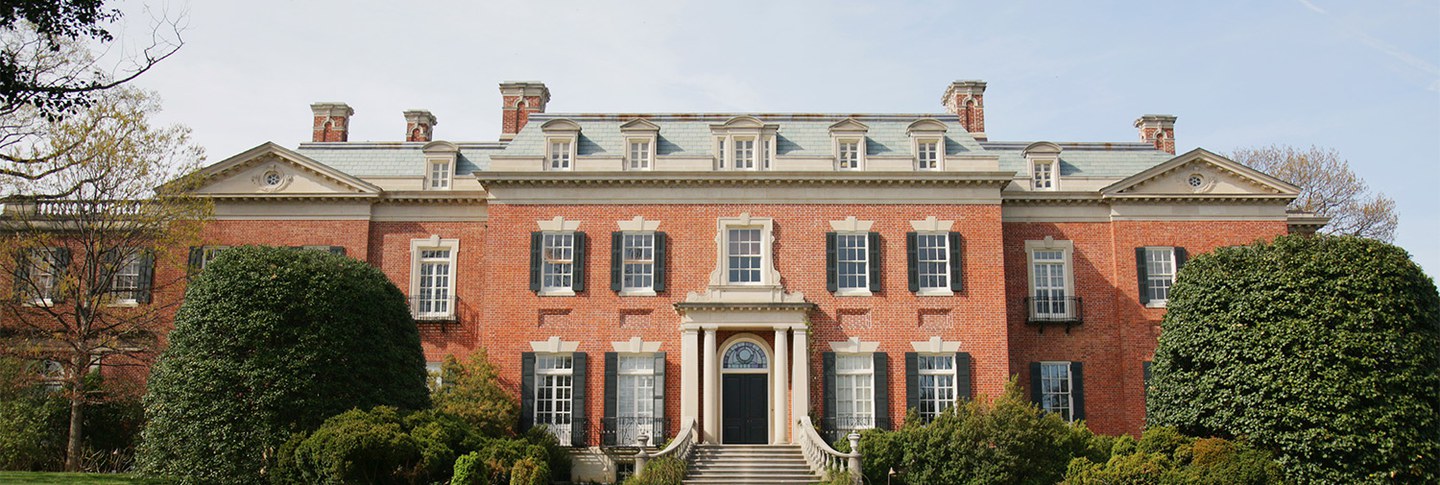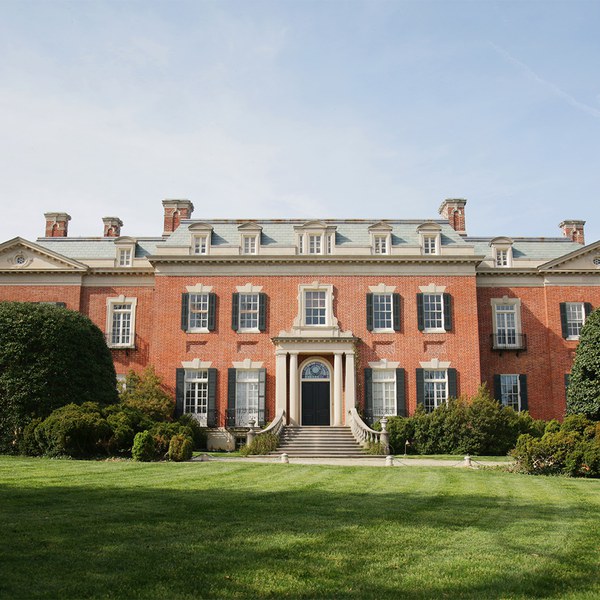For Immediate Release
March 22, 2019
Media Contact:
Erica Bogese
Communications Manager
(202) 749-8978
bogesee@doaks.org
WASHINGTON – Dumbarton Oaks has appointed Thaisa Way as the Program Director in Garden and Landscape Studies. Starting on July 1, 2019, she will oversee and coordinate all programming connected with Garden and Landscape Studies (GLS) at Dumbarton Oaks, including the residential fellowship program, scholarly visitors and events, and senior fellow meetings. Professor Way has deep knowledge of Dumbarton Oaks, appreciation for its importance to her field, and affection for it as an institution from having served two terms as a senior fellow. Beyond holding a professorship of landscape architecture at the University of Washington, she has broad experience in academic administration as director of Urban@UW and as chair of the UW Faculty Senate. “Collaboration has been one of Professor Way’s hallmarks and with her support we are poised to make progress in the field of Garden and Landscape Studies that will bring joy to the humanities and arts here and abroad,” says Jan Ziolkowski, Director of Dumbarton Oaks.
Thaisa Way ASLA, FAAR, BS UC Berkeley, M’ArchH UVa, PhD Cornell University is an urban landscape historian teaching and researching history, theory, and design in the Department of Landscape Architecture at the College of Built Environments, University of Washington, Seattle. Dr. Way has published and lectured on feminist histories of landscape architecture and public space in cities. Her book, Unbounded Practices: Women, Landscape Architecture, and Early Twentieth Century Design (University of Virginia Press, 2009) was awarded the J.B. Jackson Book Award in 2012. A second book, From Modern Space to Urban Ecological Design: The Landscape Architecture of Richard Haag (University of Washington Press, 2015) explores the narrative of post-industrial cities and the practice of landscape architecture. She has edited two books in urban environmental history and practice including Now Urbanism (Routledge, 2013) with Jeff Hou, Ken Yocom, and Ben Spencer, and an edited collection titled River Cities/City Rivers (Dumbarton Oaks, Harvard Press, 2018). She recently completed the monograph, Landscape Architect A.E. Bye: Sculpting the Earth, Modern Landscape Design Series (Norton Publishing, 2017). Professor Way currently serves as the founding director of Urban@UW, a coalition of urban researchers and teachers collaboratively addressing complex urban challenges, and as Chair of Faculty Senate at the University of Washington.
###
About Dumbarton Oaks:
Dumbarton Oaks is a Harvard research institute, museum, and historic garden and located in Washington, DC. The institution is the legacy of Robert and Mildred Woods Bliss, collectors of art and patrons of scholarship in the humanities. The museum houses world-class collections of Byzantine and Pre-Columbian art, two areas of interest to the Blisses. A third revolves around the historic garden, which Mildred Bliss created in close collaboration with renowned landscape designer Beatrix Farrand. Since 1940, when the Blisses gifted the estate and collections to Harvard University, Dumbarton Oaks has supported research in the three areas of Byzantine, Pre-Columbian, and Garden and Landscape Studies through a fellowship program and other awards; scholarly conferences; publications; and digital initiatives. In recent years, Dumbarton Oaks has also developed collection-based educational programs for DC students.
The founders, Robert Woods Bliss and Mildred Barnes Bliss, called upon future policy-makers “to remember that Dumbarton Oaks is conceived in a new pattern, where quality and not number shall determine the choice of its scholars; that it is the home of the Humanities, not a mere aggregation of books and objects of art; that the house itself and the gardens have their educational importance and that all are of humanistic value.” These ambitions continue to guide Dumbarton Oaks, but with close attention to ensuring that the Blisses’ “new pattern” retains its vitality through constant renewal.
The research institute’s location in Washington, DC, is no accident. Robert Bliss was a diplomat who enjoyed a distinguished career in the Foreign Service and eventually served as Ambassador to Argentina. Dumbarton Oaks is known for hosting the Dumbarton Oaks Conversations, a series of important diplomatic meetings in 1944, at the height of the Second World War, whose outcome was the United Nations charter that was adopted in San Francisco in 1945. At these meetings, delegations from China, the Soviet Union, the United Kingdom, and the United States deliberated over proposals for the establishment of an organization to maintain peace and security in the world.
The historic garden and museum are the public face of Dumbarton Oaks and receive thousands of visitors each year. The garden is perhaps the last remaining landscape in North America that hews closely to the original Farrand design; it was voted by National Geographic one of the ten best gardens in the world. Buildings of architectural importance on the Dumbarton Oaks campus are the Pre-Columbian Pavilion, the museum wing housing the Pre-Columbian Collections, designed by Philip Johnson and completed in 1963, and the research Library designed by Venturi, Scott, Brown and completed in 2007.
Visiting the Museum
The Dumbarton Oaks Museum is free and open to the public, located at 1703 32nd Street, NW, Washington, DC. Museum hours: Tuesday—Sunday, 11:30 am to 5:30 pm. The Museum is closed Mondays and major holidays.
Learn more at www.doaks.org.

